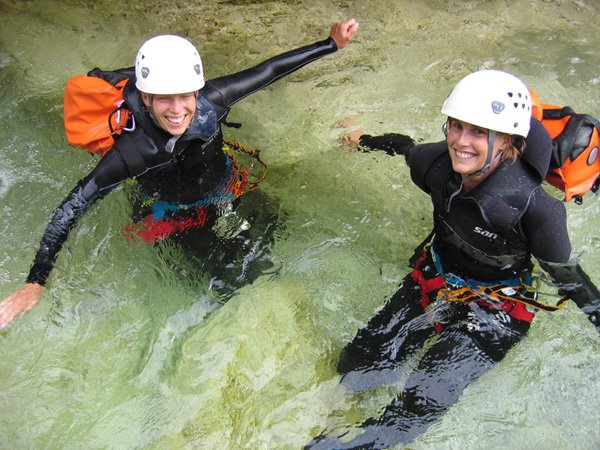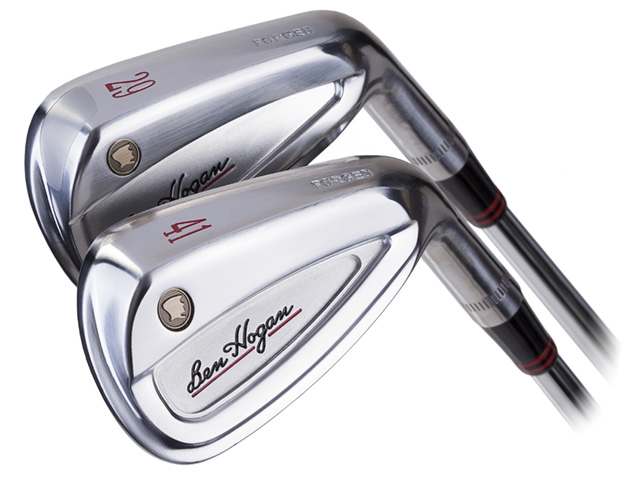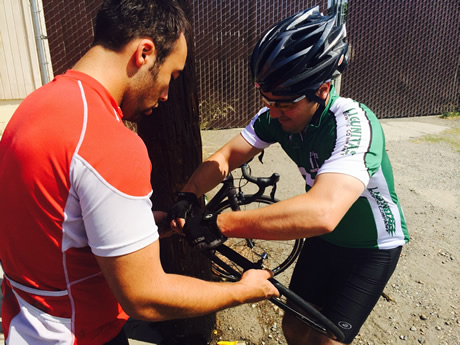Where to position the kids?
Question
I'm one of 4 coaches (and one manager) of an 11 year old travel baseball team. It's a new team so we are all still trying to figure everyone out. However, we have played 11 games now (4-7) and I having real trouble with where the manager is playing some of the kids. We are having a meeting on the issue in a couple days and I would like some feedback on what physical and mental attributes others think kids should have to play the 9 different positions on the field. I know that might take a lot of time so even breaking it down into pitcher, catcher, infield and outfield would help. I have my opinions but would really like some feedback from someone with more experience than I have.
Answer
Brian,
Sorry it has taken me some time to get back to you. I needed some time to get this one done.
Here is my thinking. You are now at an age where positions mean something. You are not going to be a slow, weak thrower are SS just to put him there. This is my way of thinking.
Most important defensive positions: catcher, SS, 2B, CF.
Catchers are unique. They may not be your best player, but a tough kid who has the head for catcher combined with the arm and blocking tools. A catcher has to be smart. I have given up an arm for brains. You can't put a kid behind the plate just because he has a cannon. If he doesn't have the discipline to go with it, you will lose games because of him. I have always said, the one position that will lose games for you is a bad catcher. Most important: brains, number two: ability to catch the ball. I have seen catchers that drop strikes. A catcher who limits passed balls is invaluable, even if he doesn't have an arm. You aren't going to throw out a lot of baserunners at that age because they are going to steal on the pitcher. So go with brains and catching/blocking pitches ability first, then the arm.
SS: This is a very important position. It is usually the urge of the coach to put his best "athlete", or his son, at this position. I go with consistency. Two years ago I won a state title with a kid playing shortstop who had been cut from 2 teams. They were playing him at 3B, OF and trying to pitch him. He didn't have a big arm, but he was automatic at fielding ground balls and accurate throws. He didn't do anything spectacular, but he was consistent and made every routine play. You want a kid who is smart, who has a good arm and can field any ground ball. Don't worry about making backhanded plays in the hole and gunning someone out, if he can't field 9 out of 10 routine ground balls, he is not your SS. You want consistent fielding and making the routine plays.
2B: Same story as SS. I had a SS/2B combo that looked like mutt and jeff, but they made all the routine plays. It is nice to be confident in having your pitchers get ground balls and see them turn into outs every time out. It will save you games and gray hair.
CF: Here is your spot for your athlete. Put your gazelle out here, not at SS if he can't field and throw accurate. You want a kid who can chase down all the fly balls. If he can throw that is a plus, but fielding fly balls is the key. Speed helps as well.
RF: Kid who has big arm and can catch flies.
LF: This is where you hide your worst player. At 11, most kids will swing late and hit to right field as right hand batters. They won't pull the ball and if they do it will be on the ground. Your worst fielder, weakest arm goes in LF.
1B: Kid that can catch. Big bat, big target, practice scooping the ball. Arm strength no big deal. Has to be able to be smart and move for cutoffs from outfield to home. Digging out and catching thrown balls biggest deal. If he can't catch, he can't play first.
3B: Least important infield position other than fielding bunts. Put a big arm here but your kid who maybe struggles with grounders. If he can't catch grounders 9 out of 10 right at him, he can't play SS, 2B or 1B, but you could stick him at 3B.
P: Control, control, control. At 11, walks are the biggest killer. Velocity is great, but if he can't throw strikes with it, he is of no value. My rule at 11, 3 walks in an inning and he is done. If you are giving away baserunners, you are losing. If you put the right defense together, use pitchers who make the other team put it in play. At 11 you should be getting 2 about 50% strikes. That means 2 out of 4 pitches are strikes. That means 3 out of 6 are strikes. That means an out before a walk. I can handle losing to a team who is getting base hits on me. I cannot handle losing to a team that I am walking, having wild pitches and passed balls, and making errors against. Pitching is all about control at every level. I don't care if your son is a big hard thrower, if he can't throw a strike 3 out of 6 pitches, he is not a pitcher. He can practice and work in practice and bullpens, but not in games until he can hit the 50% mark.
As far as batting order.
1&2: kids that get on base, any way. Speed is best here.
3: your best hitter.
4: your second best hitter
5: big hitter, RBI guy.
6-9 contact guys and good bunters.
At 11, a team 1-9 that can bunt will win most times. Quick story: my son was on 11-12 Allstar team as 11 year old. I was coaching, we were in tournament and playing in drizzling rain. Went to 5th inning tied 0-0. Came up with number 6 hitter and bunted for base hit. Bunted next batter, base hit, runner to 2B. Bunted next hitter, ball thrown away, 2 runs scored. Long story short, I bunted 7 straight batters, they got only one out and we ended up scoring 8 runs in the inning after it was all said and done. We would have BP and bunting practice. Make it fun and give points for good bunts with something going to the winners. My son is a 3, 4 or 5 hitting as a freshman...bunt he is also a great bunter. From the left side, he is not real fast, but he can lay a bunt down the 3B line and catch teams off guard. Put it in play and make the other team make a play.
I hope this helps. If you need anything else, let me know and have fun!!
Coach Boss
Scoring the batter when 3rd out is runner caught stealing
Pinto League (Coach Pitch) Baseball


